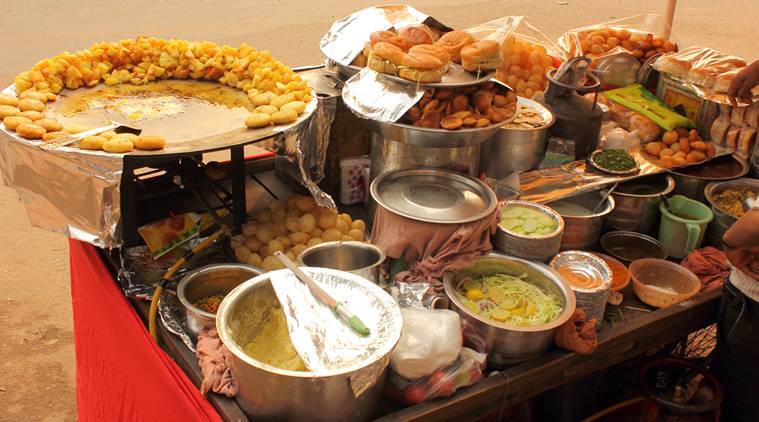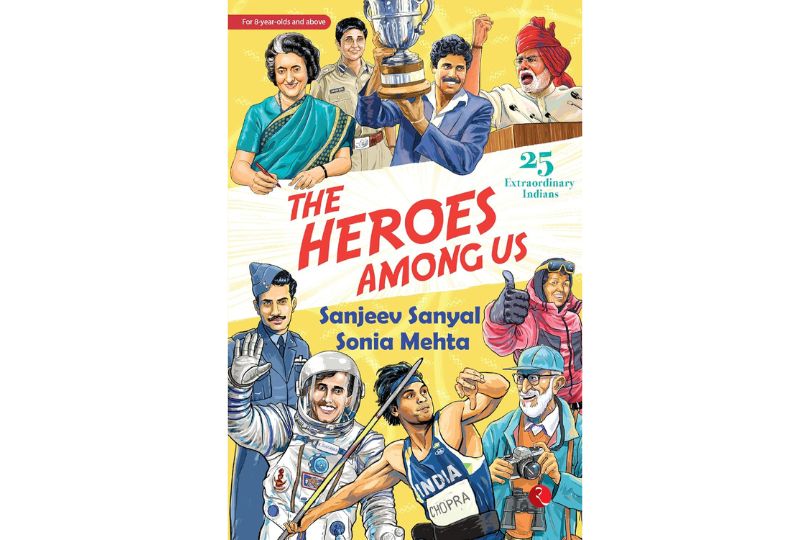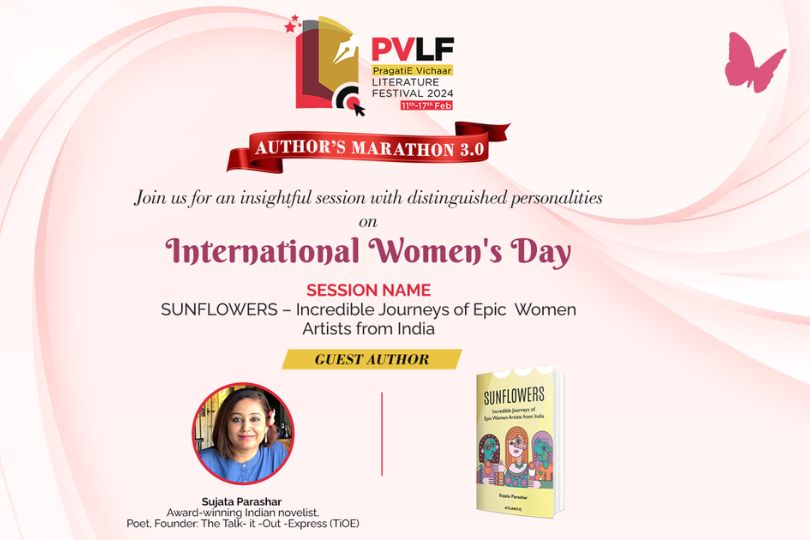Frontlist | Why Indian food is like a million mutinies
Frontlist | Why Indian food is like a million mutinieson Nov 24, 2020

A new “food biography” of India examines how the stunning diversity of our culinary traditions came to be
Pluralism and hybridity are at the core of Indian cuisine, making food echo VS Naipaul’s description of the country as ‘a million mutinies’.
Another assumption was that our bodies can process any type of food and diet, but I discovered that there is a strong link between what our bodies process and what our ancestors ate. I experimented with my own diet and found that eating the dishes my grandparents would have eaten, and following the rhythm of when they ate (early and light supper, and a big breakfast) helped reduce my cholesterol. Science has discovered that what our bodies can absorb is linked to our genetic makeup, which, surprisingly, does not seem to have changed for Indians since the Bronze age (3300 BCE to 1300 BCE).
What made you write a “food biography” of India?
I didn’t set out to write a food biography of India. It was an experiment. I wanted to explore questions related to food without being hemmed in by the boundaries of a particular discipline. I let my mind wander and ask any question it wanted to, and then looked to the research in different disciplines. I began thinking of Indian food as a mosaic, where groups, regions, and religion played a major role.
What questions came up repeatedly as you wrote the various sections?
My strategy was to begin with a question such as ‘does food have a religion? Do Hindus and Muslims approach food the same way?’. This took me to the theory of doshas (Ayurveda) and humours (Greco-Arabic). I consulted historical, anthropological, political and scientific works where new research clarified or created more questions. I found that the concept of equilibrium in a dish and the balance it created in the person eating it came up again and again.
The section on poison is an intriguing inclusion in a book about food.
Food can be a source of life but it can also be deadly. I enjoy reading crime fiction where food, murder and poison have had a long and fruitful association, especially in books by Agatha Christie, who was an expert on poisons and plants. While researching why that was so, someone told me about John Lancaster’s novel, The Debt to Pleasure (1996). It has an utterly delightful and diabolically unreliable narrator, an epicure who ruminates on seasonal recipes, dishes of Normandy, explores the difference between an artist and a murderer, and masters the art of picking the right mushrooms for some unmentionable activities. Feasts, dinners and repasts have been the favoured times for committing murders, and poison in food allows a canny murderer to ensure that the victim dies much later, and in a way that mimics a lethal ailment. It helps, too, that some poisonous plants are dead ringers for an innocuous vegetable or herb.
You’ve written about how caste and religion have shaped Indian culinary traditions. How much do these factors influence the choices of the contemporary Indian “foodie”, especially when mediated through social media?
There has been a democratisation of fine dining, which we see in food blogs and pictures posted on social media. A Google search will show you Kayasth, Iyengar, Parsi, or Syrian Christian recipes but at the same time, there is also a willingness to experiment, to tweak traditional dishes and bring in other elements from global cuisines. During this pandemic, the home-chef business has picked up as well, where the chef prepares a meal of your choice and sends it home. The range of cuisines is huge. It would be interesting to see if it makes an impact on our attitudes towards those we consider different from us, and also on what we consider as being different.
There are many more food-related posts on social media that focus on the home and the kitchen. These conversations are not in restaurant spaces anymore, and they have produced a wonderful gift – that the secret recipe is no longer a secret.
What are the food books that you find yourself turning to?
I enjoy food memoirs and I like re-reading some favourites like (Pellegrino) Artusi, Anthony Bourdain, Bill Buford and Ruth Reichl. My go-to recipe books include the Moti Mahal Cook Book (2009, by Monish Gujral) and recipes by Doreen Hassan, Balbir Singh, Rukmini Srinivas and Meenakshi Ammal for Indian food. For Italian, I consult Marcella Hazan, for Persian food, Najmieh Batmanglij, and for global cuisine, Delia Smith.
Food became a major topic of conversation, online and offline, during the lockdown. What are your observations on the discourse?
The discourse for all classes was about the availability and affordability of food. For the very poor, it was about hunger. The first few weeks of the lockdown were consumed by the dreadful plight of the migrants walking back to their villages. NGO and networks of ordinary middle-class people emerged online, frantically trying to get food and money to the migrants. As the realisation dawned that the pandemic would continue, it became clear that for the poor and hungry, starvation is an every day experience. What I would like to see more of is the realisation that we can’t rely on the government, and discussions on how we ordinary citizens can continue and sustain these informal networks.
In terms of diet, for the non-poor, there is a conscious return to more traditional ingredients like turmeric, ginger, ancient grains and organic vegetables. There is a tendency to order in, and there is also an increase in the consumption of processed foods (instant meals, packaged foods). What these contradictory patterns will do to our health remains to be seen.
Authors
Bestseller
book news
Coronavirus
Covid-19
Frontlist Article
Frontlist Book News
Frontlist India
Frontlist India news
Frontlist Latest news
Google news
New Book Launch News
New Book On Delhi Food Launch News
New Book On Food Launch
Publishers
Publishing
Writers



.jpg)






.jpg)
.png)
.jpg)
.jpg)

.jpg)
.jpg)
.jpg)










Sorry! No comment found for this post.